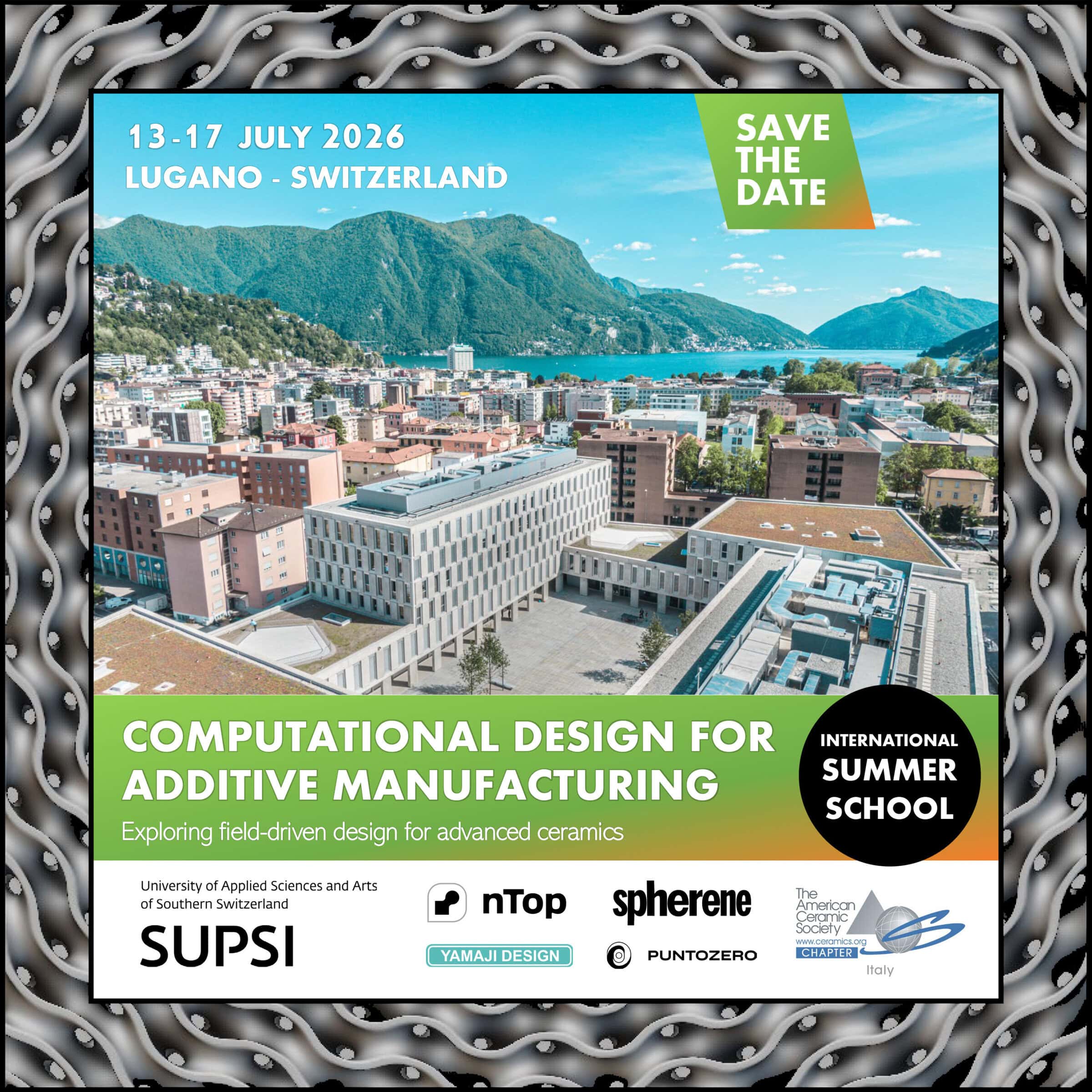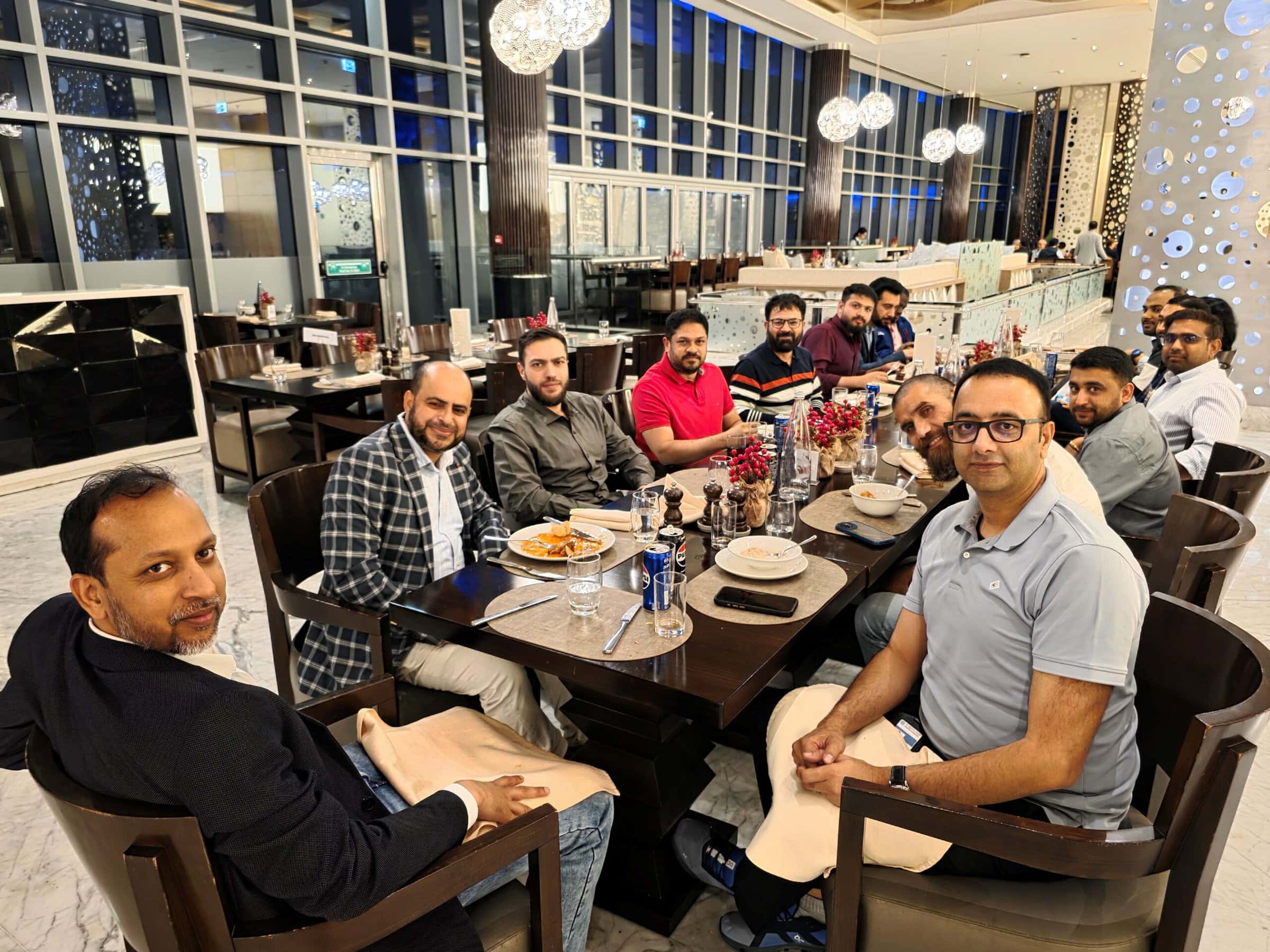
[Image above] Clearwater Beach, Fla., was host to this year’s Materials Challenges in Alternative and Renewable Energy (MCARE) conference. Credit: ACerS
The weather in Clearwater, Fla., brought bright sunshine and comfortably warm, breezy temperatures for this year’s Materials Challenges in Alternative and Renewable Energy (MCARE) conference.
Clearwater Beach’s finely ground, ultra-white sand set against the aquamarine waves of the Gulf of Mexico provided a serene backdrop for attendees to converge and discuss the most pressing alternative and renewable energy challenges facing materials scientists today.
The event drew nearly 200 attendees from 30 countries—including Australia, Canada, China, France, Germany, India, Italy, Japan, South Korea, and the U.S., among many others—April 18–21.
A poster session held Tuesday evening gave researchers at the meeting the opportunity to showcase their latest work on renewable energy solutions.

Winner of the Materials Horizons Poster Prize, Wanchul Seugn (left; Sungkyunkwan University, Korea), receives his award from MCARE program chair Yoong-Bong Hahn. Segue’s poster was titled “Nanopatterned yarn-based wearable triboelectric nanogenerator.” Credit: ACerS

Winner of the Journal of Materials Chemistry A Poster Prize, Patrick Tung (left; University of New South Wales), shakes hands with Hahn and receives a certificate for his poster, “Nanoscale structures of Na12Bi12TiO3 piezoelectrics.” Credit: ACerS
MCARE 2016 was chaired by Sanjay Mathur (University of Cologne, Germany), Steven Tidrow (Alfred University, U.S.), H.T. Lin (Guandong University of Technology, China), and Yoon-Bong Hahn (Chonbuk National University, South Korea).
Mathur kicked off the conference with opening remarks Monday. ACerS president Mrityunjay Singh also addressed the crowd and shared his optimism for MCARE’s continued growth.
“This has been a very interesting meeting so far, and we look forward to continuing to grow it and sustain it every year,” says Singh.
And when it comes to today’s renewable energy challenges, sustainable solutions for efficient energy harvesting and storage across all industries is the ultimate goal.
During his presentation on Monday, Sang-Woo Kim (Sungkyunkwan University, Korea) discussed what he says is one of the most promising potential sources of energy—triboelectric power.
“Human bodies are in motion all the time, and we can harvest that energy,” says Kim.
The triboelectric effect is a type of contact electrification in which certain materials become electrically charged after they come into contact with another object. Triboelectric nanogenerators are gaining interest, explains Kim, because of their superior power output performance, the many material options, and the easy tailoring of device structures.
“When you touch a doorknob or when you get out of your car, you sometimes get ‘shocked.’ But static electricity can be a really great energy harvesting system,” explains Kim.
Kim says many researchers are focused on developing high-performance sensors, and they’re looking to external impacts for generating energy. Most sensors only require a small amount of energy to be operational, but every sensor can be upgraded to be more efficient.
Building on the concept of improved efficiency and stability, Md. K. Nazeeruddin (Swiss Federal Institute of Technology Lausanne, Switzerland) presented his research Tuesday about perovskite solar cells and the challenges associated with developing them for efficient solar energy storage.
“Stability is the biggest problem with perovskites and we have to come up with solutions,” Nazeeruddin says.
Organic–inorganic hybrid perovskite materials are very attractive because, when stable, they are powerful solar light harvesters, explains Nazeeruddin.
Band alignment engineering is a crucial element for improving the efficiency of perovskite solar cells, he says, and he and his research team are working on a two-step technique to develop hybrid perovskites that allow for better control of crystal morphology during formation to improve stability.
And efficient energy storage is today’s problem—not tomorrow’s. But developing large-scale energy storage that’s also safe and environmentally friendly is a major obstacle.
As Arumugam Manthiram (University of Texas at Austin) explained in his presentation Wednesday, “The bottom line is: The more charge you want to store, the more problems you’ll have.”
Manthiram shared the staggering statistic that the world’s energy consumption is projected to triple by 2100.
“Storage is critical for utilizing intermittent renewable sources (both wind and solar). With better storage technology, power plants can be operated more efficiently,” he explains.
Manthiram and his team are working on a new concept for developing safe, aqueous battery chemistries based on low-cost anodes like Zn or Fe.
And with the invention of new renewable energy solutions and technologies, it’s important to understand the process for patenting those discoveries to scale them up for widespread applications.
Chris Paradies (Paradies Law, Tampa, Fla.) wrapped up MCARE on Thursday with his presentation on the challenges and opportunities patenting materials for alternative and renewable energy. In his work, Paradise explains that investments in developing new materials for energy savings, generation, and storage must be made to meet international goals for reduction of greenhouse gas emissions. He offered attendees practical advice for navigating this arena.
See more of the action from MCARE 2016 in the photo highlights below.

An attendee raises a question during Kim’s presentation about alternative sources for energy harvesting, including triboelectric energy. Credit: ACerS

MCARE attendees break for coffee in between sessions, but continue the discussion. Credit: ACerS

Among this year’s attendees were many research students and post docs who contributed to the renewable energy discussion. Credit: ACerS

Fellow plenary speaker Md. K. Nazeeruddin asks some follow-up questions during Sang-Woo Kim’s presentation on Monday. Credit: ACerS

Clearwater Beach, Fla., was the perfect backdrop for a meeting of the minds about the latest materials challenges in renewable energy. Credit: ACerS

MCARE attendees gathered for an outdoor reception on Monday evening. Credit: ACerS

Attendees had the chance to catch up with friends and colleagues at the welcome reception, held Monday evening. Credit: ACerS

Tuesday evening’s poster session gave researchers the opportunity to showcase their latest work. Credit: ACerS

Patrick Tung, winner of the Journal of Materials Chemistry A Poster Prize, explains his work during Tuesday’s poster session. Credit: ACerS
For more pictures from MCARE 2016, visit ACerS Flickr page.
And don’t forget to save the date for MCARE 2017, which will be held February 20–24 in Jeju, Korea.
Author
Stephanie Liverani
Spotlight Categories
- Meeting Highlights
Divisions
- Energy Materials and Systems


